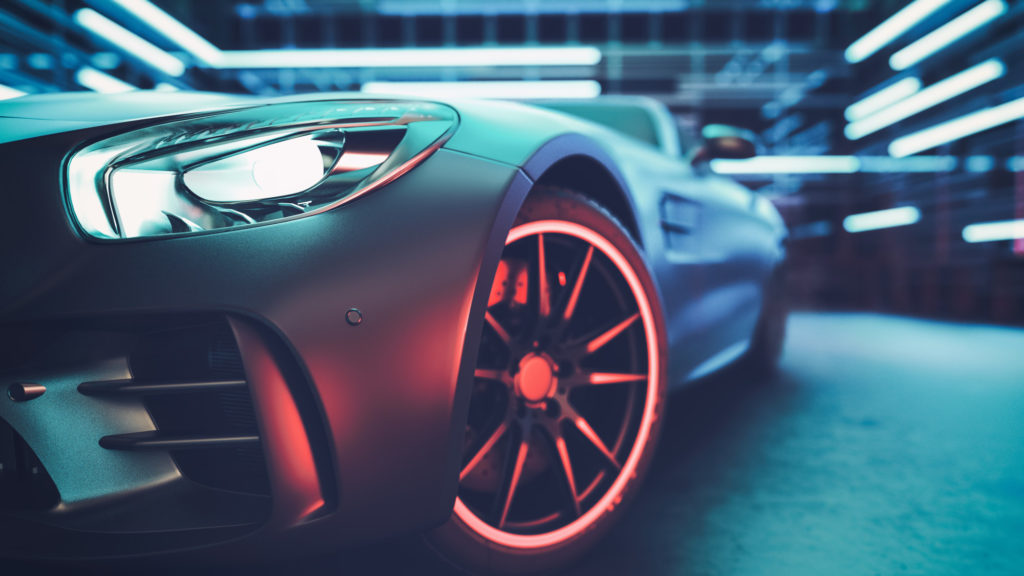There are certain cars that stand out as being particularly difficult to work on. Whether it's due to complex designs, hard-to-reach components, or a lack of available information, these vehicles can present a real challenge for mechanics and DIYers alike. In this article, we'll take a look at some of the most challenging cars to work on and what makes them so difficult.
1. European Luxury Cars
European luxury cars, such as Mercedes-Benz and BMW, are known for their advanced technology and intricate designs. This can make them challenging to work on, as many components are tightly packed together and require specialized tools to access. Additionally, many of these cars have complex electronic systems that can be difficult to diagnose and repair.
2. Hybrid and Electric Cars
Hybrid and electric cars are becoming increasingly popular, but they can also be difficult to work on. These vehicles have complex electrical systems that require specialized knowledge and equipment to diagnose and repair. Additionally, many of these cars have high-voltage batteries that can be dangerous to work on if proper safety precautions are not taken.
3. High-Performance Cars
High-performance cars, such as sports cars and supercars, can be challenging to work on due to their specialized components and designs. These cars often have highly tuned engines and suspension systems that require specialized knowledge and tools to work on. Additionally, many of these cars are made with lightweight materials that can be difficult to repair.
4. Classic and Vintage Cars
Classic and vintage cars can be difficult to work on due to their age and the fact that many parts are no longer available. Additionally, these cars often have unique designs and components that can be difficult to find replacement parts for. Furthermore, without proper documentation and resources, it can be challenging to diagnose and repair issues with these vehicles.
5. Exotic Cars
Exotic cars, such as Lamborghini and Ferrari, are not only challenging to work on but also to acquire replacement parts. They are built with unique and highly specialized parts that are not commonly found in regular cars. This can make it difficult to find replacement parts, and it can also be challenging to diagnose and repair issues with these vehicles.
In conclusion, there are many cars that can present a challenge for mechanics and DIYers alike. From European luxury cars to exotic cars, each type of vehicle has its own set of unique challenges that must be overcome to properly diagnose and repair them.
Frequently Asked Questions
1. What makes European luxury cars difficult to work on?
European luxury cars are known for their advanced technology and intricate designs. This can make them challenging to work on, as many components are tightly packed together and require specialized tools to access. Additionally, many of these cars have complex electronic systems that can be difficult to diagnose and repair.
2. Are hybrid and electric cars difficult to work on?
Yes, hybrid and electric cars can be difficult to work on. These vehicles have complex electrical systems that require specialized knowledge and equipment to diagnose and repair. Additionally, many of these cars have high-voltage batteries that can be dangerous to work on if proper safety precautions are not taken.
3. Why are high-performance cars challenging to work on?
High-performance cars, such as sports cars and supercars, can be challenging to work on due to their specialized components and designs. These cars often have highly tuned engines and suspension systems that require specialized knowledge and tools to work on. Additionally, many of these cars are made with lightweight materials that can be difficult to repair.
4. How are classic and vintage cars different to work on compared to modern cars?
Classic and vintage cars can be difficult to work on due to their age and the fact that many parts are no longer available. Additionally, these cars often have unique designs and components that can be difficult to find replacement parts for. Furthermore, without proper documentation and resources, it can be challenging to diagnose and repair issues with these vehicles.
5. Can you give an example of an exotic car that is difficult to work on?
Exotic cars, such as Lamborghini and Ferrari, are not only challenging to work on but also to acquire replacement parts. They are built with unique and highly specialized parts that are not commonly found in regular cars. This can make it difficult to find replacement parts, and it can also be challenging to diagnose and repair issues with these vehicles.
6. Can you recommend any resources for learning more about the challenges of working on these types of cars?
There are many resources available for learning more about the challenges of working on these types of cars. Some good options include automotive forums, online repair guides, and specialized training programs. Additionally, many car manufacturers also provide training and resources for working on their vehicles.
7. Are there any tips or tricks for working on these types of cars?
When working on these types of cars, it's important to have the right tools and equipment, as well as a good understanding of the vehicle's systems and components. Additionally, following proper safety procedures is crucial when working on high-voltage hybrid and electric cars. Furthermore, it is important to consult proper documentation and resources for working on classic and vintage cars.



